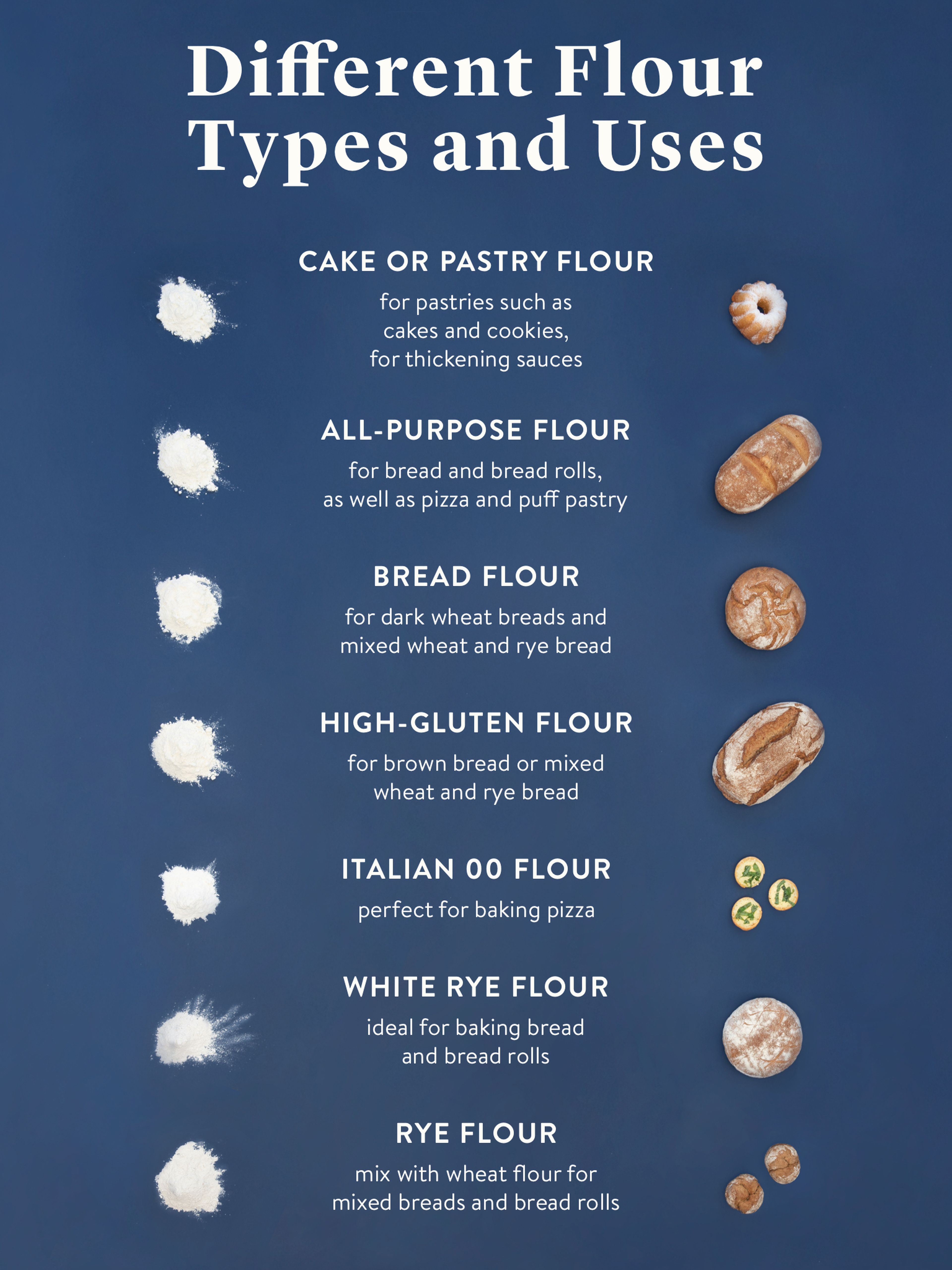Okay, so the other day I was trying to make some cookies, and the recipe called for low gluten flour. I was like, “Low gluten? What’s that?” I usually just grab whatever flour is on sale, you know? So, I had to do a little digging.
My Little Research Journey
First, I hit up Google. I just typed in “what is low gluten flour” and started reading. I found out that it’s basically flour with less protein. Apparently, gluten is a protein, and the amount of protein in flour affects how chewy or fluffy your baked goods turn out.

Then I thought, “Okay, less protein, got it. But how much less?” It seemed like regular all-purpose flour has somewhere around 10-13% protein. Low gluten flour, on the other hand, usually has about 7-9%. That’s what I gathered from a couple of baking blogs and some product descriptions.
Putting it to the Test (Sort Of)
I didn’t have any low gluten flour on hand, but I did find a trick online. You can apparently make a substitute by mixing all-purpose flour with cornstarch. The cornstarch dilutes the protein content of the all-purpose flour. I think the ratio was something like 1 cup of all-purpose flour with 2 tablespoons of cornstarch. I whisked them all together to combine the all-purpose flour with cornstarch.
- All-purpose flour
- Cornstarch
I ended up using this mixture for my cookies. They turned out pretty good! They were definitely softer and less chewy than usual, which is what I was going for. The cookies are not too hard, and not too chewy.
So, that’s my little adventure with low gluten flour. It’s basically flour with less protein, making it good for things like cakes, cookies, and pastries where you want a tender texture. And if you’re in a pinch, you can kind of fake it with all-purpose flour and cornstarch!













